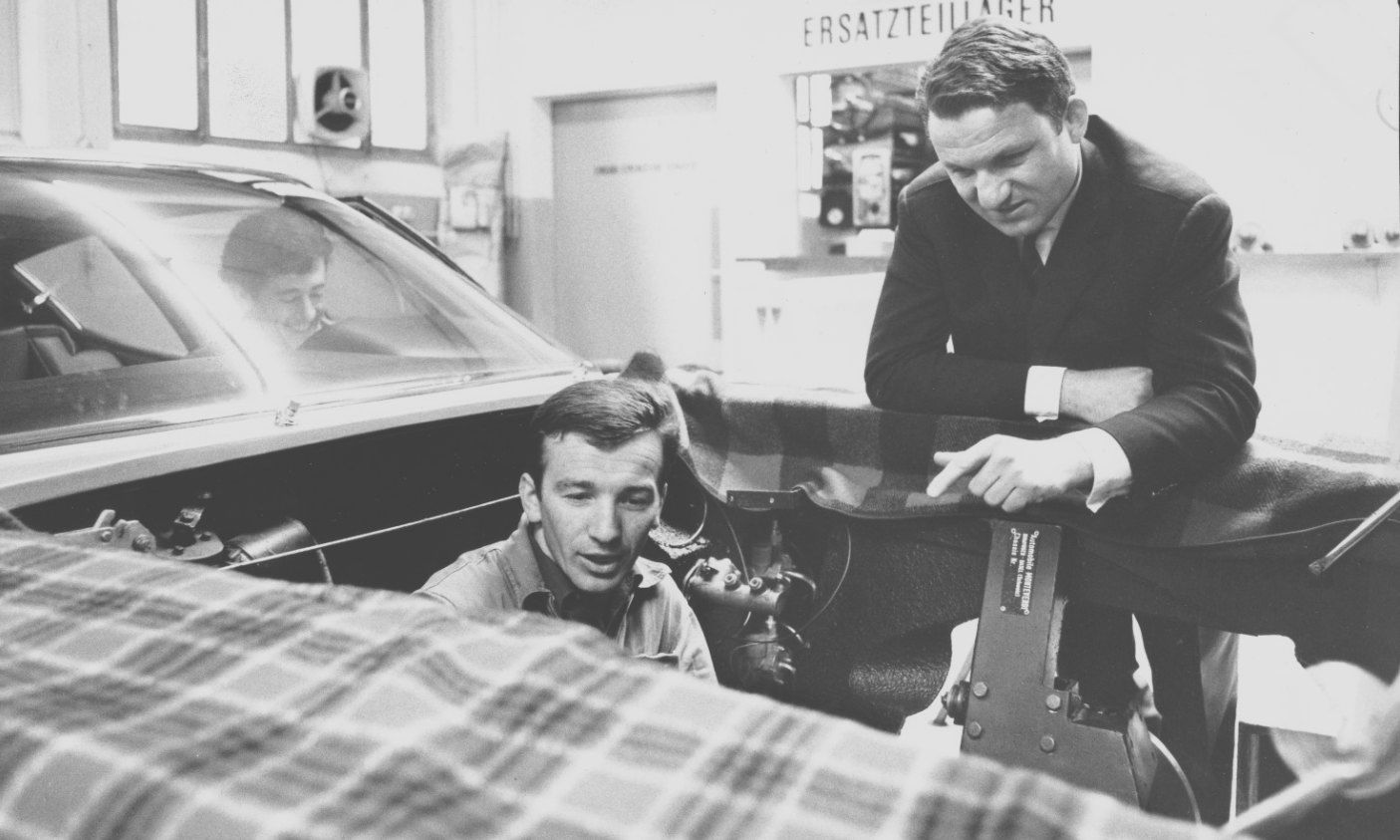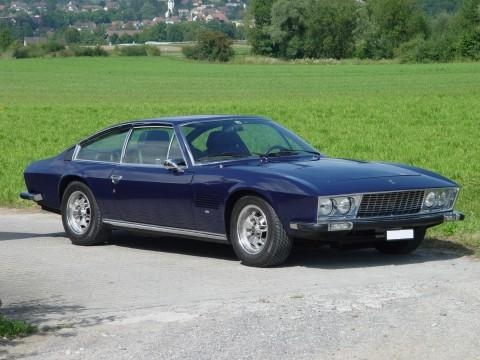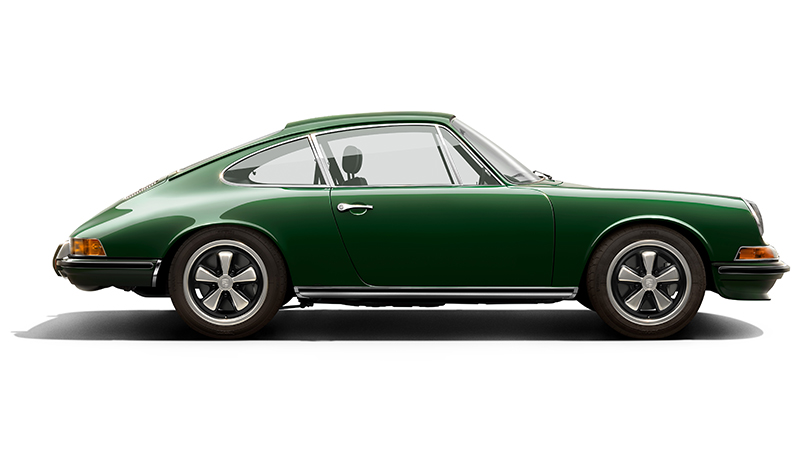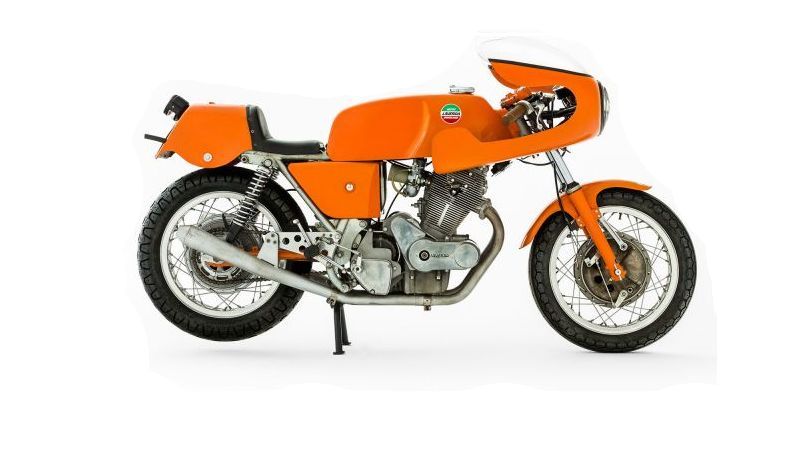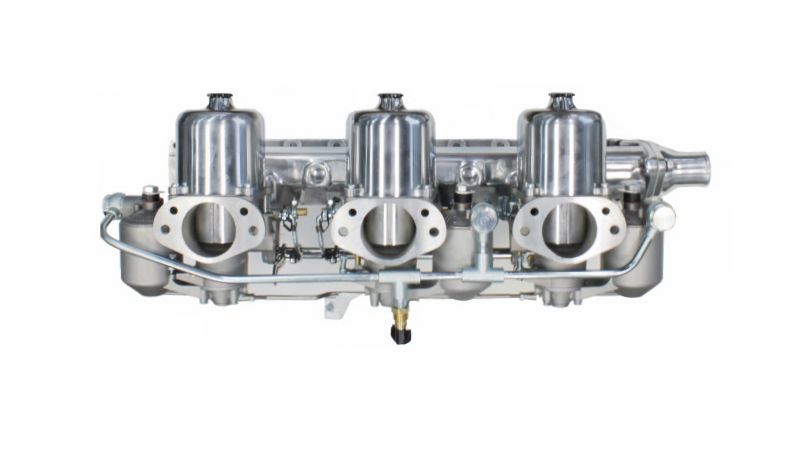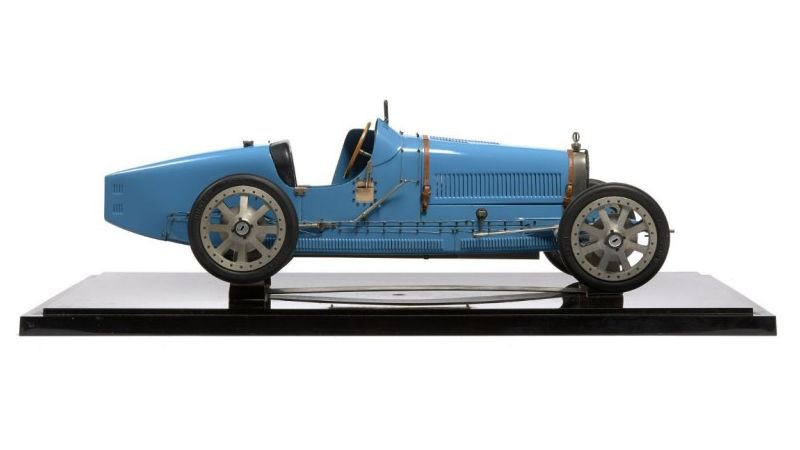Monteverdi Motor Cars
example Monteverdi successfully Sold
nur Bares ist Wahres
Peter Monteverdi was born in Binningen, where his father owned a small car repair shop, on June 7th, 1934. Even as a child whose favorite toy was a little pedal car, his enthusiasm for automobiles could be seen.
Following his high school education, Peter Monteverdi worked as a volunteer in the Vevey agricultural machine factory. He then began fis four-year apprenticeship as a mechanic in the Adolph Saurer truck factory in Arbon.
At the age of seventeen, Peter Monteverdi built his first car. Using the wreck of a Fiat he constructed a new body and frame for a sportscar: the Monteverdi Special.
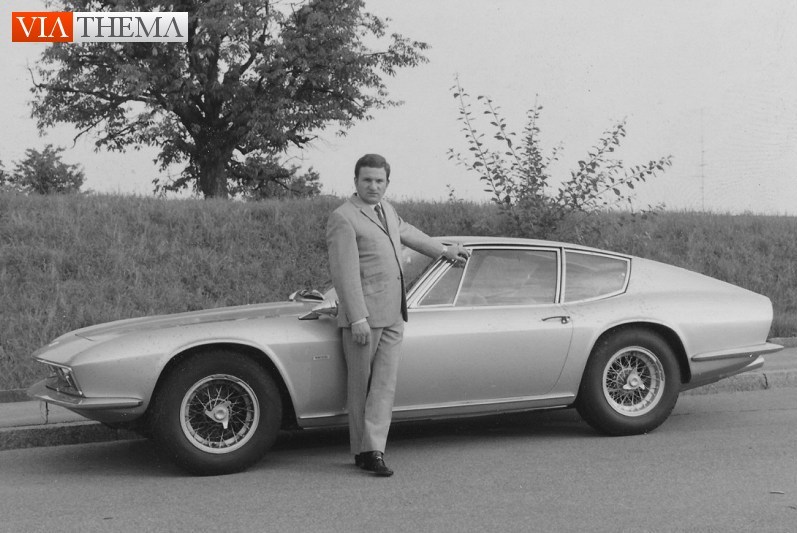
Peter Monteverdi with a 1967 Monteverdi High Speed 375 S by Frua
In 1956, after his father's death, Peter Monteverdi took over the repair shop in Binningen. His reputation as a sportscar specialist spread rapidly and helped to boost his business. He acquired the Ferrari dealership which the Monteverdi Shop handled for eleven years, while adding to it dealerships from Lancia and other makes. From 1965-1975 Monteverdi was official BMW dealer.
In 1956, under the name MBM or Monteverdi Binningen Motors, Peter Monteverdi began designing and constructing racing cars. His first models, Formula Junior Cars, gained an excellent reputation and were sold in many countries.
In 1961 he built Switzerland's first Formula 1 race car, thus winning international success. A GT and another sportscar were added to MBM's production and sold to enthusiasts throughout the world. By showing them at special exhibitions for race car construction, various MBM models became highly celebrated.
In 1961 production of MBM cars was temporarily halted. The existing shop was too small to house the repair shop and the construction part of the business and therefore had to be razed for a new building. The one-man-shop now became an enterprise with many employees and work on a new car project continued.
By 1967, he had decided to undertake series production of exclusive high performance luxury sports and touring cars. The first model, the 2-seater Monteverdi High Speed 375S coupé, was launched at that year's Frankfurt Motor Show and received very positive reviews.
The car used a heavy and simple steel frame provided by Stahlbau Muttenz GmbH with an aluminium body designed by Pietro Frua. It looked quite similar to other Frua creations of that time, particularly the Maserati Mistral Coupé and the British AC 428.
There are rumours that all the three shared some details like windows etc. The elegant looking car was powered by a 7.2 Litre Chrysler V8 engine delivering up to 375 bhp and had a luxurious interior finished to the highest standards.
Eleven copies of the Frua-designed Monteverdi coupé were built from 1968 to 1969, then the alliance of Monteverdi and Frua split in anger. Not long before, Frua had built two 2+2 coupés with a stretched wheelbase.
One of them was presented as Monteverdi 375/L, the other one stayed for some years at Frua before, in 1971, it was slightly modified and sold to AC where it was presented as a one-off AC 428.
In 1969, Monteverdi choose the small Carozzeria Fissore for further collaboration. Fissore re-designed the 375 Coupé and built the bodies that where delivered to Monteverdi where the cars were finally assembled. Now, the car has square lines but still elegant proportions.
The 2+2 form became the standard model but subsequently other body styles were offered. First, there was a short-wheelbase 2-seater coupé called the 375/S and - on the same short wheelbase - a drophead dubbed the 375/C. Those cars are extremely rare nowadays.
Soon, Monteverdi also offered a massive sedan called 375/4 and about 30 were built. Other variations on the same theme were the 1974 Berlinetta with a different front styling and Triumph TR6 tail lights and another convertible, called Palm Beach. This car is said to be the rarest Monteverdi, only two being made.
The production of super luxury cars ended in 1976. By that time, Monteverdi had started the mass production of a new kind of car, well-equipped luxurious Off-road Station wagons.
The first Model was the Monteverdi Sahara. In fact, it was not a Monteverdi development but a boutique car. Monteverdi used a technically unchanged International Harvester Scout, changed the grill and tuned up the interior.
The second model was the Safari. In this case, Monteverdi also used a Scout but most of the bodywork was changed, once again designed by Fissore. In addition to the standard Scout 5.7 Litre V8 there was an option to install the V8 from Chrysler. The car had a proper, almost Italian look, and it sold well, in Europe as well as in the Middle East.
As far as road cars were concerned, Monteverdi changed to the boutique car system in 1977 for these as well. The Monteverdi Sierra was a Sedan with a 5.2 Litre V8 engine and distinctive looks. It was actually a Plymouth Volaré with slightly changed bodywork.
Once again, it was a work of Fissore, and it was a good piece of work. With few modifications, the car looked very European, with obvious similarities to the Fiat 130. Fenders, bumpers, grill and some smaller parts were modified: headlamps were taken from Fiat 125, rear lights came from Renault 12. The rest - windows, doors, and mechanical parts remained unchanged.
The Sierra soon was accompanied by a two door convertible based on a Dodge Diplomat Coupe. Only two were made. Finally, Monteverdi also made a station wagon based on a Plymouth. It remained a one-off that was never sold.
When the production of the Plymouth Volaré ended in 1980, Monteverdi chose another car to be converted. This time, it was the then new Mercedes S-Class.
The front got a massive chrome grille with four round headlamps looking like an Alfa Romeo Alfetta, while the rear lamps were provided by Peugeot. It was announced in 1982 for a price of 185.000 Swiss Francs, and badged as Monteverdi Tiara. It is not clear if there was serious production, particularly as the final design looked somewhat dated, being less aerodynamic looking, when compared to the Mercedes-Benz original.
Car production in Basel ended by 1984. The factory was converted into a museum, the Monteverdi Car Collection, which opened in 1985.
In 1990 Monteverdi started a Formula One comeback, after founding the Monteverdi-Onyx-Team. After some races those F1-cars were the basis for Peter Monteverdi's last creation, the Monteverdi hai 650 F1.
We are looking for the following cars. If you do have any of the below listed vehicles - and you are ready to sell - please Contact Us.
| High Speed by Frua |
|---|
| 375/S |
| 375/L |
| 400 |
| High Speed by Fissore |
| 375/S |
| 375/L |
| 375/C |
| 375/4 |
| Studies & Prototypes |
| Palm Beach |
| Hai 450 SS |
| Sierra |
We buy, sell, broker, locate, consign and appraise exceptional classic, sports and collector Monteverdis'
Contact us when you are serious about buying a fine Monteverdi Motor Car or to arrange a free and confidential valuation with a view to selling.
